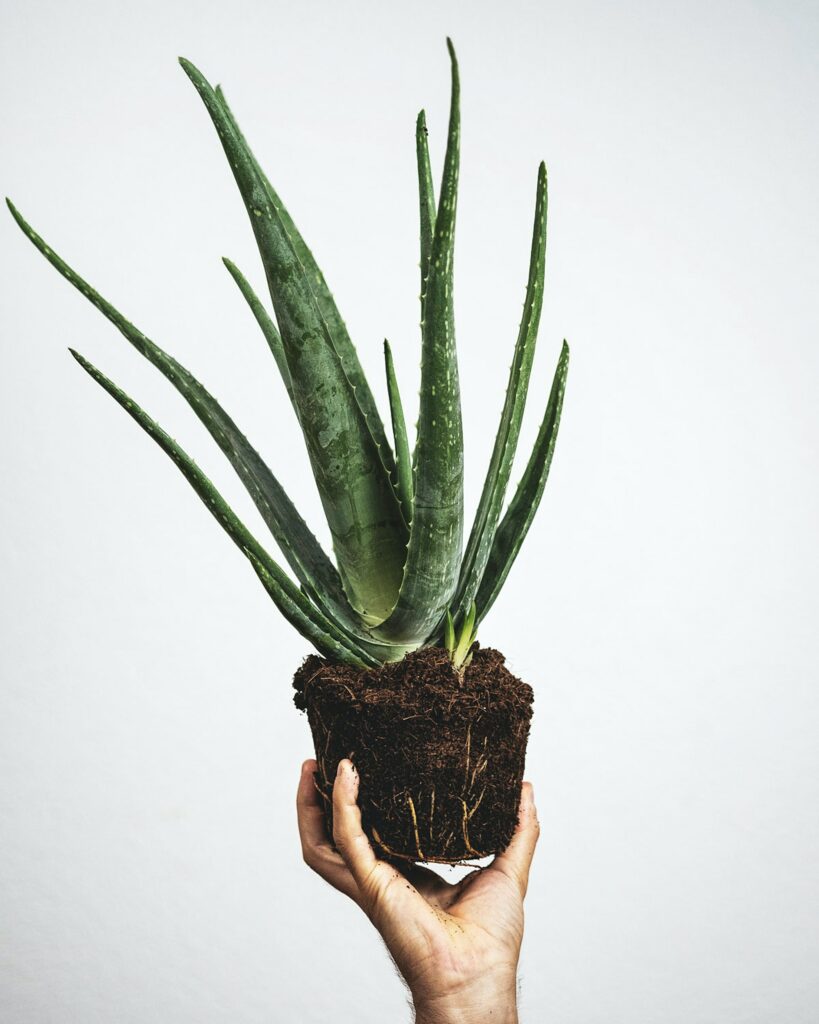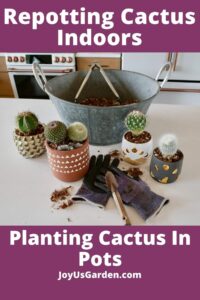For many plant enthusiasts, the Aloe vera plant stands out as a perennial favorite. With its succulent leaves and well-documented medicinal properties, it’s no surprise that individuals seek to propagate this illustrious plant. Propagation not only allows for the expansion of your plant collection but also serves as an economical means of acquiring new specimens. In this comprehensive overview, we will delve into the essentials of Aloe vera plant propagation, addressing key buyer concerns while exploring methods, techniques, and best practices.
Aloes belong to the Asphodelaceae family and have gained popularity for their striking appearance and versatility. Homeowners are especially drawn to Aloe vera for its minimal care requirements and impressive ability to thrive in various environments. This article will encapsulate everything you need to know to successfully propagate Aloe vera plants.
Understanding Aloe Vera: Characteristics and Benefits
Before diving into the propagation methods, it’s essential to comprehend the distinctive features of the Aloe vera plant, which contribute to its desirability.
Succulent Adaptations
Aloe vera is a succulent characterized by its fleshy, aggregated leaves that store water, allowing it to endure in arid conditions. This adaptation not only makes it relatively low-maintenance but also enhances its appeal to gardeners who may forget to water regularly. By understanding its succulent nature, propagators can better replicate the ideal growing conditions for their new plants.
Health Benefits
Aloe vera is renowned for its myriad health advantages. The sap from its leaves is known for its soothing properties and is widely used in skin care products. Rich in vitamins, minerals, and antioxidants, the gel extracted from its leaves helps with wound healing, burns, and skin hydration. These beneficial attributes are a focal point for many individuals considering adding Aloe vera to their collection. Not only does it serve as a decorative piece, but it can also provide health benefits when properly cared for.
Methods of Aloe Vera Plant Propagation
There are primarily two successful propagation methods for Aloe vera: offsets and leaf cuttings. Both techniques offer unique benefits and can yield healthy plants when executed correctly.
Propagation by Offsets
This method, often referred to as “pup propagation”, involves separating the offsets that grow around the base of mature Aloe vera plants. This is arguably the most effective and popular propagation method. Finance-conscious beginners will appreciate that it requires minimal investment beyond what they may already have in their homes.
Step-by-step process:
1. Locate offsets: Look for small pups that are at least a few inches tall and have developed their roots. The best time for this operation is during the growing season, typically in spring or summer.
2. Gently detach: Use a clean, sharp knife to cut the offsets away from the parent plant. Ensure you take a portion of the root to facilitate successful growth.
3. Allow to callous: Place the separated offsets on a dry surface for several hours or even overnight. This helps the cut end heal and reduces the risk of rot when planted.
4. Potting: Use a well-draining soil mix, ideally designed for succulents, and plant the offsets gently. Water lightly after planting, ensuring not to waterlog the newly potted pups.
Propagation by Leaf Cuttings
Although less common, Aloe vera can also be propagated using leaf cuttings. This method is less reliable, but experimentation can yield surprising results. For those eager to diversify their propagation techniques, it’s worth considering.
Step-by-step process:
1. Leaf selection: Choose healthy, fleshy leaves from the base of the plant. The leaves should be mature and not show any signs of disease or damage.
2. Cutting the leaf: Use a sterilized knife or scissors to make a clean cut at the base of the leaf. Cut the leaves into sections, ideally 4 to 6 inches long. Each section should be planted upright, as this allows the cut end to callous before initiating root growth.
3. Callousing: Lay the leaf sections on a dry surface, allowing them to callous for a few days. The callous helps to protect against rot.
4. Potting and care: Plant the calloused sections in a well-draining soil mix, maintaining an upright position. Water sparingly and provide bright, indirect sunlight to encourage growth.
Addressing Common Buyer Concerns
While propagating Aloe vera is generally considered straightforward, several concerns often plague potential propagators.
Is it Worth the Effort?
For novice gardeners and seasoned horticulturists alike, the effort invested in propagation can yield gratifying results. The experience fosters a connection with plant care and enables one to cultivate new plants at a fraction of the cost of purchasing them. This sense of accomplishment also extends to the opportunity of gifting Aloe vera plants to friends and family, sharing the joy and health benefits associated with this remarkable species.
Can Propagation Fail?
As with any plant propagation, there is a risk of failure. However, understanding the specific needs of Aloe vera, such as adequate light and well-draining soil, can significantly reduce this risk. Cultivators should remain patient, as new growth can sometimes take time to manifest.
Conclusion: Embracing Aloe Vera Propagation
In summary, Aloe vera plant propagation is accessible and rewarding for enthusiasts of all experience levels. Whether through offsets or leaf cuttings, each method presents an opportunity for individuals to expand their plant collections while enjoying the benefits of this extraordinary succulent. By understanding the unique characteristics of Aloe vera and addressing common concerns, one can confidently embark on the propagation journey and appreciate the lush greenery this remarkable plant brings to their environment.





Leave a Comment